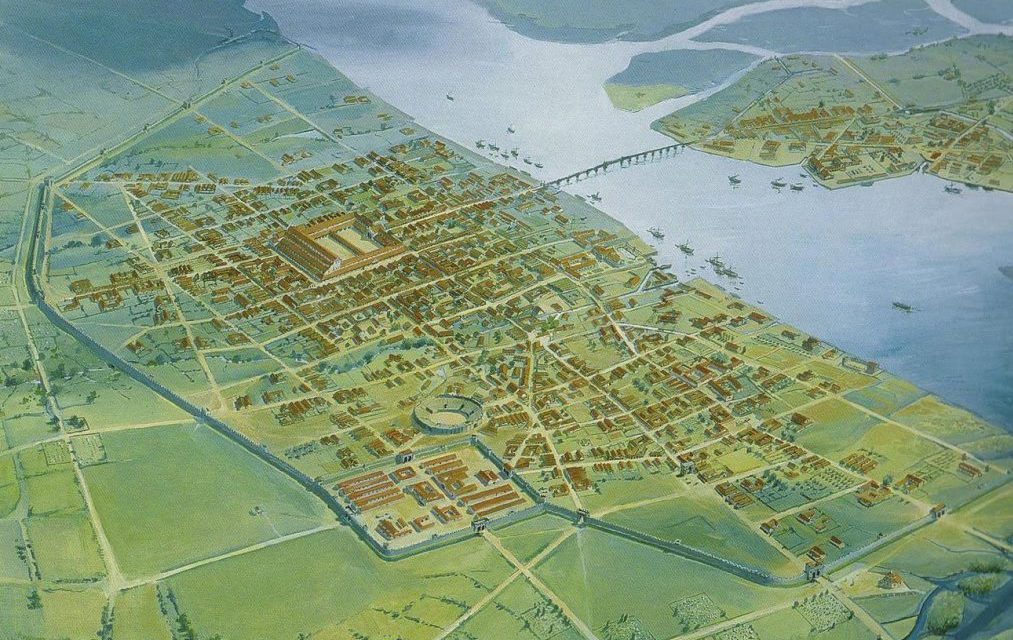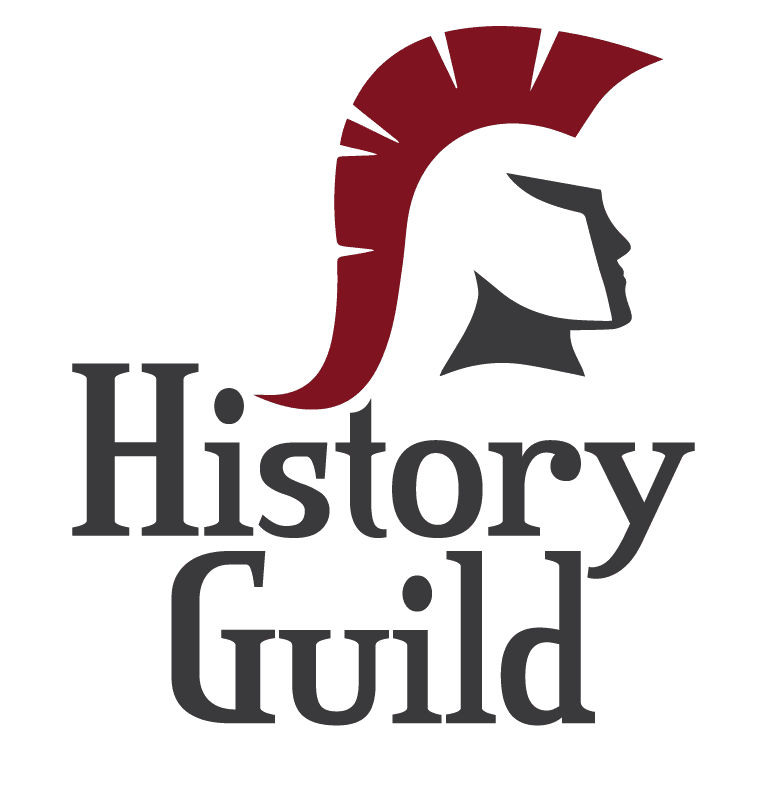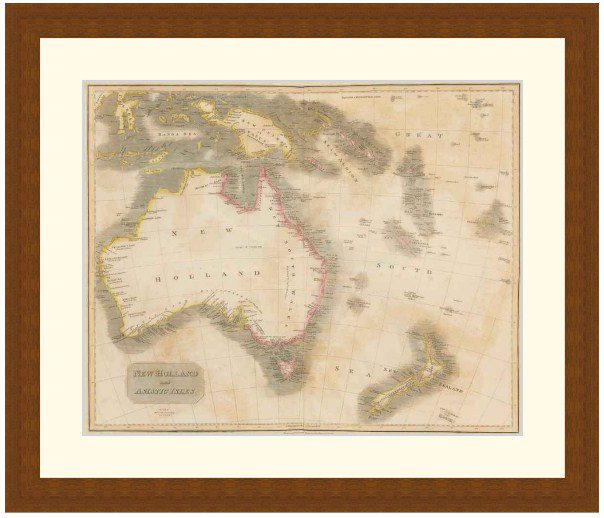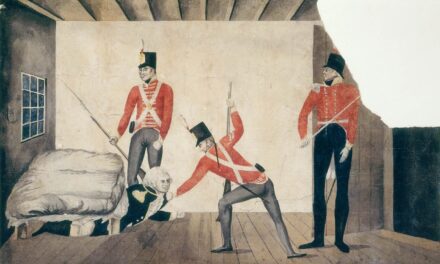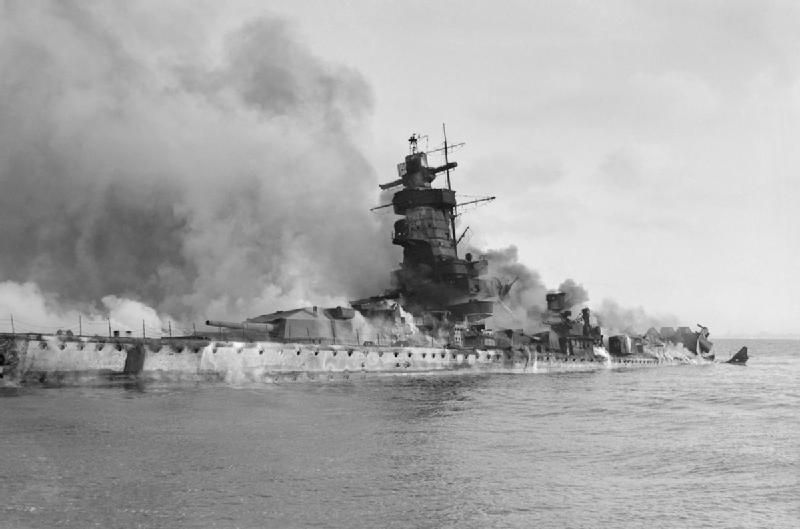History Guild General History Quiz 154
See how your history knowledge stacks up!
Want to know more about any of the questions? Scroll down to learn more!
Have an idea for a question? Suggest it here and we’ll include it in a future quiz!
The stories behind the questions
1. What group did Boudicca lead in her battles against the Romans?
Iceni – Boudicca was a queen of the British Iceni tribe who led an uprising against the conquering forces of the Roman Empire around AD 60. The Iceni destroyed Camulodunum (modern Colchester), before descending upon Londinium (modern London), and Verulamium, which they sacked and burned. Roman governor Gaius Suetonius Paulinus regrouped his forces, and despite being heavily outnumbered he decisively defeated the Britons, ending the revolt.
2. When were Australia’s first coins created?
1797 – The first coin to become official currency in New South Wales was the cartwheel penny, minted in London in 1797 and shipped to the colonies to alleviate the shortage of coinage. In the early days, coins from many countries were in circulation and their value was often in dispute.
When the First Fleet arrived in New South Wales, very little actual money arrived with it. The Governor, Captain Arthur Phillip, had a kitty of £300, while the officials and marines of the New South Wales Corps may have had odds and ends of coinage. Wages were initially paid in food, not money, until the need to buy goods from trading ships made the lack of coins a problem. A barter system developed and rum became a default form of currency.
3. How many people died in the 1978 Jonestown massacre?
918 – The Peoples Temple Agricultural Project, better known by its informal name “Jonestown”, was a remote settlement in Guyana, established by the Peoples Temple, a San Francisco-based cult under the leadership of Jim Jones. In an event termed “revolutionary suicide” by Jones and some Peoples Temple members on an audio tape of the event, the entire group took a concoction including cyanide, which was mixed into a large vat of grape Flavor Aid. Guards armed with guns and crossbows had been ordered to shoot those who fled the Jonestown pavilion as Jones lobbied for suicide, leaving those who were reluctant the basic dilemma of death by poison or death by a guard’s hand.
The poisonings in Jonestown followed the murder of five others by Temple members at Port Kaituma, including United States Congressman Leo Ryan, an act that Jones ordered. Congressman Ryan had been in Guyana to investigate Jonestown, and ironically his investigation was going to describe Jonestown “in basically good terms”.
4. What language did the Byzantines speak?
Greek – “Byzantine Empire” is a term created after the end of the realm, its citizens continued to refer to their empire simply as the Roman Empire. Although the Roman state continued and its traditions were maintained, modern historians distinguish Byzantium from its earlier incarnation because it was centred on Constantinople, oriented towards Greek rather than Latin culture, and characterised by Eastern Orthodox Christianity. Greek was the official language of the Empire from the 7th century.
5. Who was the first US President to appoint a woman to his cabinet?
Franklin D. Roosevelt – Appointed as secretary of labor by President Franklin D Roosevelt in 1933, Frances Perkins became the first woman to serve in a cabinet position in the US government. She held the position for 12 years, becoming the longest serving member of Roosevelt’s cabinet. John F. Kennedy, Lyndon B. Johnson and Richard Nixon all had exclusively male cabinet members.
6. In which city was the house where Anne Frank hid from the Nazi’s for two years?
Amsterdam – Anne Frank was born in in Frankfurt, Germany in 1929. In 1933 she and her family fled Germany to escape perscution by the Nazi’s due to their Jewish heritage. After the German invasion of the Netherlands Frank and her family went into hiding, remaining hidden for over two years. They were eventually found by the Germans, who deported her to Bergen-Belsen concentration camp, where she died in early 1945.
7. Multuggerah was a leader of Indigenous forces fighting against European settlers in which region?
Queensland, Australia – At the Battle of One Tree Hill in 1843 a confederation of Aboriginal nations lead by Jagera man Multuggerah overwhelmed a group of armed European settlers who were attempting to occupy the Darling Downs and Lockyer Valley.
8. When did the Roman Republic become the Roman Empire?
27 BCE – In the 1st century BCE the Roman Republic was destabilised by civil wars and political conflict. This culminated in the Roman ruler Octavian conquering the Ptolemaic Kingdom in Egypt. This gave him unassailable power and the Roman Senate granted him new title of Augustus, making him the first Roman emperor.
9. In 1757 where was the Battle of Plassey fought?
India – A decisive victory of the British East India Company led by Robert Clive, over the Nawab of Bengal and his French allies on June 23, 1757. The battle consolidated the Company’s presence in Bengal, which later expanded to cover much of India over the next hundred years.
10. What was the purpose of the Domesday Book, created by William the Conqueror?
To understand the financial resources of his Kingdom and determine what taxes were owed to the crown – To understand the financial resources of his Kingdom and determine what taxes were owed to the crown – Domesday Book – the Middle English spelling of “Doomsday Book” – is a manuscript record of the “Great Survey” of much of England and parts of Wales completed in 1086 by order of William I, known as William the Conqueror. The primary purpose of the survey was to ascertain and record the fiscal rights of the king. These were mainly the national land-tax (geldum), paid on a fixed assessment, and the proceeds of the crown lands.

